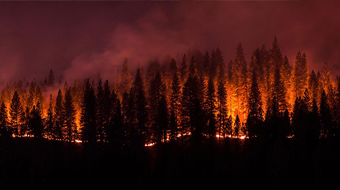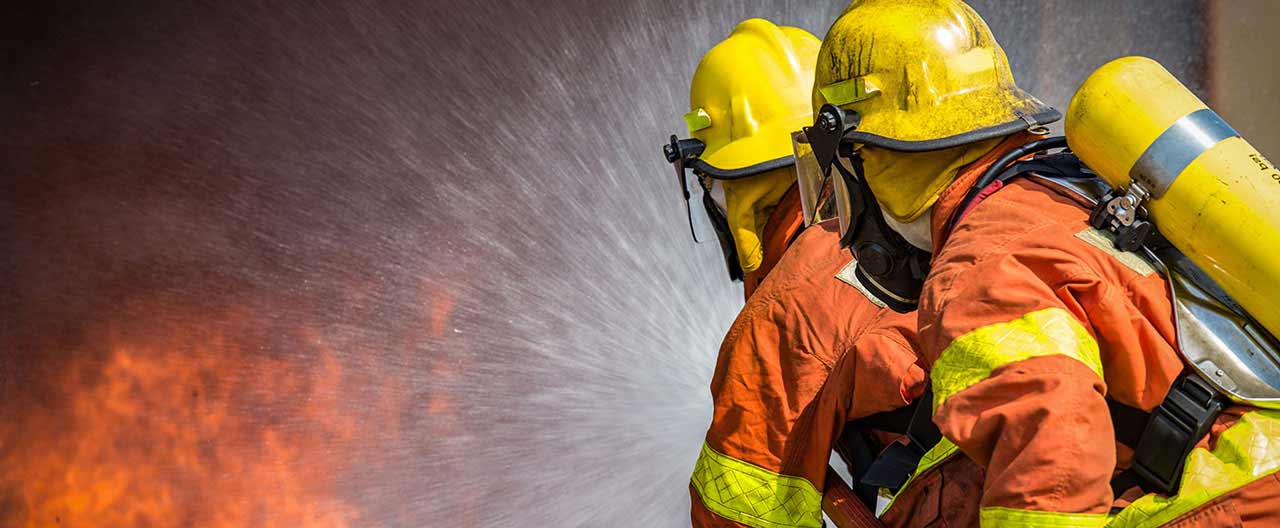- Individuals & Families
- Businesses
- Brokers

With winter on its way out, you may be ready for some spring cleaning.

Make sure you protect your classic cars from damage or additional wear and tear.

Keep your important papers and small valuables away from burglars, fire or natural disaster.

For over a hundred years, we’ve offered unparalleled stability and protection for small boats, yachts, luxury mega-yachts, and more.

Here are some things you can do to assist firefighters and minimize the damage to your home.

At their worst, disputes between professional service firms and their clients can lead to costly lawsuits.
Around the world, increasing temperatures, lower precipitation and humidity levels, and high winds are conspiring to cause more wildfires each year. In fact, recent studies predict that the number of large, high-intensity fire events will increase globally, in part due to a 20-50% increase in the number of days when conditions are conducive to fires.1
If your business is anywhere near a wildfire zone, take these important steps to increase the chances that your property will survive a wildfire:
1. Understand how fires start.
Wildfires are often caused by unattended campfires, hot exhaust from vehicles and equipment, cigarettes, arson, or downed power lines that spark and ignite nearby dried vegetation. But your business doesn’t have to be in the direct line of a wildfire to be at peril. Flying embers blowing through the air can ignite combustible building materials and surrounding vegetation, or may enter the building through vents, eaves, and other openings.
2. Determine if your building is in a wildfire zone.
Consult local wildland fire maps and your local planning, fire, and forest authority to see if you’re in a wildland fire-prone zone.
3. If you’re building or remodeling a facility, use fire-resistant materials.
Use masonry, brick, or reinforced concrete walls and noncombustible insulation products to limit heat transfer from outside the building to inside. Because window glass can melt or shatter, install noncombustible shutters and tempered or double-paned insulated glass windows—and avoid adding skylights, if possible. Intumescent paint, which expands to provide protection from heat, can also act as a fire resistance measure.
4. Avoid gaps in your building.
Make sure vents, drains, and weep holes are clean and screened with fine gauge steel wire mesh. Keep exterior doors and frames and roofing materials tight fitting to stop sparks and embers from blowing into gaps and concealed spaces.
5. Use noncombustible shipping containers.
Instead of using yard storage buildings or containers that could catch fire, store your materials or products in shipping containers that are noncombustible. Or, move your yard storage as far from your building as possible – at least 50 feet from any building.

6. Create a clearance zone around buildings and outdoor structures.
Remove trees and shrubs from around buildings, so there is no continuous canopy of vegetation around the site. Trim and irrigate grass, trim limbs lower than 6 feet and any that overhang buildings.
7. Keep fuel away from your facility.
If possible, keep propane tanks and other fuel storage away from buildings.
Develop a formal fire prevention plan
Work with your local fire department to establish access and egress paths, update contact information and communication protocols, and fire service needs. If you’re in a wildfire zone, work with your insurance company to identify the risks you face. Then, put a plan in place to reduce or eliminate those risks and hazards, so you can protect your staff and increase the chances of your facility surviving a wildfire if one comes your way.
1 South Dakota State University. “Large, high-intensity forest fires will increase.” ScienceDaily. ScienceDaily, 10 April 2017
Insights and expertise



This document is advisory in nature and is offered as a resource to be used together with your professional insurance advisors in maintaining a loss prevention program. It is an overview only, and is not intended as a substitute for consultation with your insurance broker, or for legal, engineering or other professional advice.
Chubb is the marketing name used to refer to subsidiaries of Chubb Limited providing insurance and related services. For a list of these subsidiaries, please visit our website at www.chubb.com. Insurance provided by Chubb Insurance Company of Canada or Chubb Life Insurance Company of Canada (collectively, “Chubb Canada”). All products may not be available in all provinces or territories. This communication contains product summaries only. Coverage is subject to the language of the policies as actually issued.

